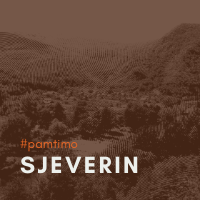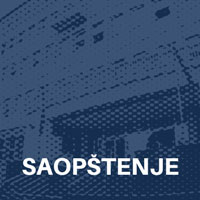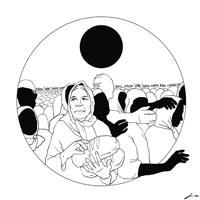DOSSIER: Camps for Croats in Serbia
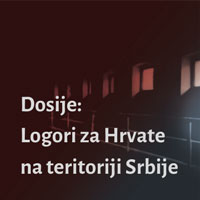
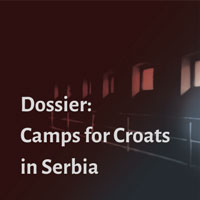 On November 18, 1991, after a three-month siege of the city, the Yugoslav Peoples’ Army (JNA) took over Vukovar with the assistance of the Serbian Territorial Defence Forces (TO) and military volunteer units. Upon occupying the city, a large number of members of the Croatian forces, as well as civilians, were captured by the JNA, including the wounded, women, minors and elderly people.
On November 18, 1991, after a three-month siege of the city, the Yugoslav Peoples’ Army (JNA) took over Vukovar with the assistance of the Serbian Territorial Defence Forces (TO) and military volunteer units. Upon occupying the city, a large number of members of the Croatian forces, as well as civilians, were captured by the JNA, including the wounded, women, minors and elderly people.
The JNA transferred those captured persons to the territory of Vojvodina, where already in September 1991 several camps for prisoners of war from the territory of Croatia had been established.
According to research conducted by the Humanitarian Law Center (HLC), the largest camp set up in Serbia was at the Sremska Mitrovica Penal Correctional Facility (KPD). In addition to this camp, there were camps in the Banat villages of Begejci and Stajićevo, the JNA barracks in Aleksinac and the Niš Penal Correctional Facility. In Serbia, there were also smaller “transit” camps and centres, where detainees stayed for several days before being transferred to some of the larger camps. Although there were more such camps, in this Dossier we have identified the facilities in Šid, a military police training centre in Bubanj Potok and a JNA barracks in Paragovo.







 Exhibition Once upon a time and never again is displeyed in Documentation Center Kosovo, which is managed by Humanitarian Law Center Kosovo (HLCK), in memory of 1133 children killed as a result of war in Kosovo 1999-2000. Due to coronavirus pandemic exchibtion will not be shown in Belgrade, therefore virtual tour has been created.
Exhibition Once upon a time and never again is displeyed in Documentation Center Kosovo, which is managed by Humanitarian Law Center Kosovo (HLCK), in memory of 1133 children killed as a result of war in Kosovo 1999-2000. Due to coronavirus pandemic exchibtion will not be shown in Belgrade, therefore virtual tour has been created.